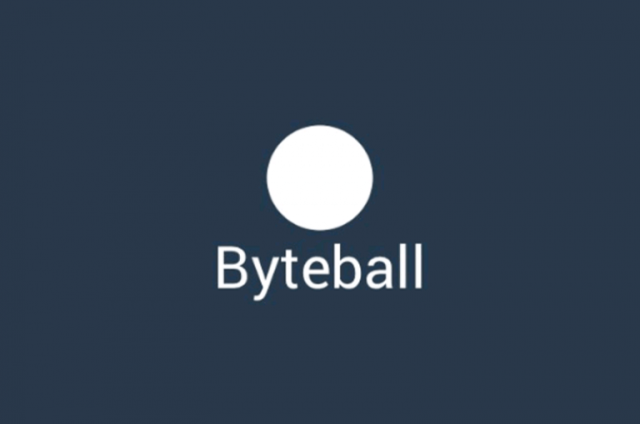
The owners of these computers are paid by the blockchain in the cryptocurrency that they are updating. ASICs are custom-built specialized devices that mine cryptocurrency using the hashing algorithm of the PoW network. They’re energy-efficient, optimized for speed, and made to outperform general-purpose hardware like GPUs. However, ASICs create the problem of centralization because participants need financial resources to purchase and operate them. Regardless of the method, network participants must use cryptocurrency wallets to manage and secure their block rewards and validation incentives. Once a miner gets the blockchain block, the system relies on these miners to follow the rules and be trustworthy.
Disadvantages of the Proof of Stake Model?
They are not a currency on their own, but rather a unit of measure that exists on top of an existing cryptocurrency’s framework. They are typically used to represent physical assets, such as Proof of Stake vs Proof of Work real estate or collectibles, digital assets such as processing power or storage and decentralized finance (DeFi). Proof-of-work is a proven mechanism and thus trusted and used by Bitcoin.
Top Spot Exchanges
Instead of one peer-to-peer network connecting clients, there are two, each implementing a separate protocol. Having one specific validator pre-selected to propose a block in each slot creates the potential for denial-of-service where large amounts of network traffic knock that specific validator offline. To safely develop and test the proof-of-stake consensus logic, the Beacon Chain was launched two years before proof-of-stake was implemented on Ethereum Mainnet. Once this had been stable and bug-free for a sufficient time, the Beacon Chain was “merged” with Ethereum Mainnet. This all contributed to taming the complexity of proof-of-stake to the point that the risk of unintended consequences or client bugs was very low.
How to pick the best crypto exchange for yourself?
For example, the first cryptocurrency, Bitcoin, has operated on proof of work since it launched in 2009. As of May 2023, it has run for over a decade without its blockchain being successfully attacked or manipulated. Certain implementations of proof of stake could leave blockchains more vulnerable to different kinds of attacks than proof of work, such as low-cost bribe attacks. Susceptibility to attacks decreases the overall security of the blockchain.
- In POW, the miners solve cryptographically hard puzzles by using their computational resources.
- Finally, I will then explain why I believe Proof of Stake is a much better model than Proof of Work, as well as giving some real-world examples of each model.
- So while proof of work relies on competition, proof of stake operates more like a lottery system.
- Instead of one peer-to-peer network connecting clients, there are two, each implementing a separate protocol.
- A big complaint from cryptocurrency critics is the electricity use.
Potential advantages of proof of stake
- Supporters believe proof of work is more decentralized than other consensus mechanisms.
- One argument from this perspective is that there are practical limits to how much mining power one can acquire in a proof of work system.
- Having one specific validator pre-selected to propose a block in each slot creates the potential for denial-of-service where large amounts of network traffic knock that specific validator offline.
- Most notably, PoS provides a direct measure of the economic security protecting the network.
- They keep their own private register which stores transaction history and balances of each account.
The decentralized nature of PoW allows anyone with the necessary equipment to participate in mining. PoW became the first widely used consensus mechanism to validate cryptocurrency transactions without relying on a third party. Miners are more successful when they can perform calculations faster, incentivizing investment in hardware and energy consumption. This was observed for Ethereum before it switched to proof-of-stake. Shortly before the transition to proof-of-stake, Ethereum was consuming approximately 78 TWh/yr – as much as a small country.
How does proof-of-stake secure a network?

All around the world, miners are competing to secure the Bitcoin blockchain and earn a monetary reward. The reward is currently 6.25 BTC, issued approximately every 10 minutes. This reward will eventually decrease to zero, as the supply of Bitcoin is capped at 21,000,000 coins. This cap exists because that is the maximum number of coins that can be generated, according to the code written by Bitcoin’s creator Satoshi Nakamoto. Validators receive rewards for both making blocks and attesting to other blocks being made.

Reading through various best crypto exchange reviews online, you’re bound to notice that one of the things that most of these exchanges have in common is that they are very simple to use. While some are more straightforward and beginner-friendly than others, you shouldn’t encounter any difficulties with either of the top-rated exchanges. That said, many users believe that KuCoin is one of the simpler exchanges on the current market. The content published on this website is not aimed to give any kind of financial, investment, trading, or any other form of advice. BitDegree.org does not endorse or suggest you to buy, sell or hold any kind of cryptocurrency.







